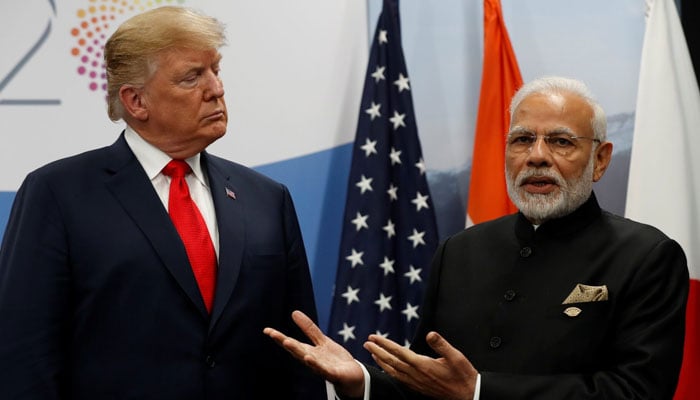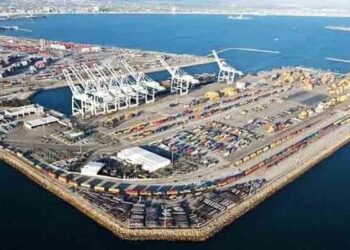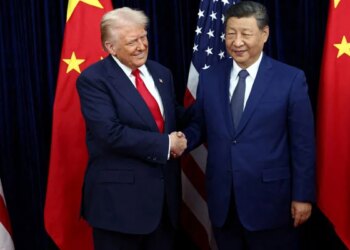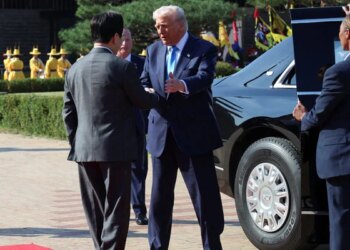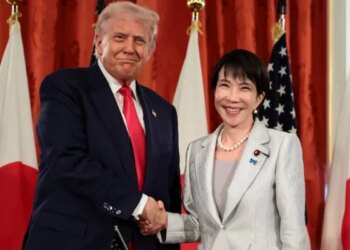Select Language:
During the G20 summit in Buenos Aires on November 30, 2018, U.S. President Donald Trump and Indian Prime Minister Narendra Modi met. Trump criticized India for its “obnoxious” trade barriers that aren’t measured in monetary terms. He also pointed out the close military and energy ties India has with Russia, noting that India buys the majority of its military equipment from Russia and is Russia’s largest energy customer alongside China—all during a time when international pressure is mounting for Russia to cease hostilities in Ukraine. Trump asserted that India’s high tariffs have negatively impacted U.S. businesses for years.
On Wednesday, Trump announced that starting August 1, the U.S. will impose a 25% tariff on goods imported from India. He also mentioned that India would face an additional, unspecified penalty on the same date, though details about the penalty’s amount or purpose were not provided. In a post on Truth Social, Trump explained that, despite being friends, the U.S. has conducted relatively little trade with India due to its high tariffs—among the highest worldwide—and difficult non-monetary trade restrictions.
He emphasized concerns about India’s ongoing procurement of military hardware from Russia and its status as a leading Russian energy buyer, which he described as problematic, especially amid global calls to put an end to Russia’s actions in Ukraine. India’s commerce ministry, responsible for trade negotiations with the U.S., had not responded immediately to requests for comments at the time.
This move by Trump effectively ends hopes for a limited trade agreement, which had been under discussion for months. Negotiators had worked through multiple rounds on issues like market access for American agricultural and dairy exports. Although there was some progress, India resisted opening its market to imports of wheat, corn, rice, and genetically modified soybeans, citing the potential threat to the livelihoods of millions of Indian farmers.
The new tariffs are forecasted to impact India’s exports worth around $87 billion to the U.S. in 2024, including labor-intensive products such as clothing, pharmaceuticals, jewelry, and petrochemicals. The U.S. and India currently have a trade deficit of approximately $45.7 billion. India becomes part of a growing list of countries facing higher tariffs under Trump’s “Liberation Day” trade policy, which aims to renegotiate trade terms to secure more reciprocity.
Previously, the White House had raised concerns about India’s high average tariffs—nearly 39% on agricultural products, climbing to 45% on vegetable oils, and around 50% on apples and corn. Despite these tensions, both Modi and Trump had committed to completing the first phase of a trade deal by fall 2025 and boosting bilateral trade to $500 billion by 2030, up from $191 billion in 2024. Exported U.S. manufacturing goods to India, valued at roughly $42 billion in 2024, along with energy exports such as liquefied natural gas, crude oil, and coal, might also face retaliatory measures if India chooses to respond in kind.
Indian officials have historically viewed the U.S. as a strategic partner, especially to counterbalance China, but they insist on maintaining policy flexibility on matters related to agriculture, data governance, and subsidies.

